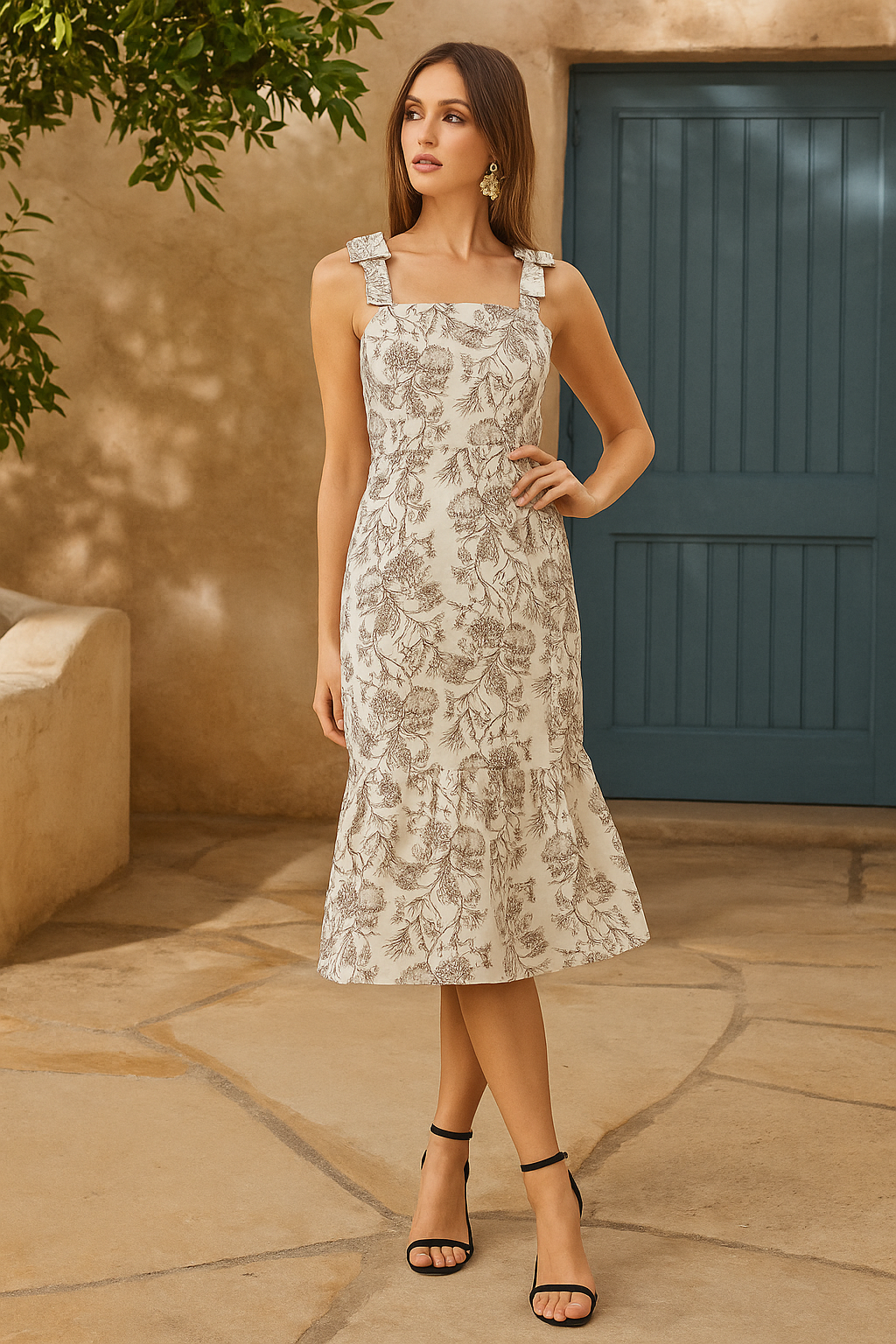Poncho vs Cape vs Ruana: What’s the Difference? (Complete Guide)
They all drape. They all keep you warm. But ponchos, capes, and ruanas are built differently, styled differently, and send different signals about formality. This guide explains construction, fit, and when to wear each—plus shopping links to BTK Collection pieces so you can put the right layer in your cart today
Quick Answer
-
Poncho: One fabric panel (often knit) with a center head opening and open sides; cozy, easy, and great for casual to smart‑casual looks.
-
Cape: Sleeveless outerwear that hangs from the shoulders, opens in front, and typically fastens with a hook/snap/buttons; structured and dressier.
- Ruana: Blanket‑style wrap split down the front into two draping panels; ultra‑versatile, easy to belt, and perfect for layerin
Side‑by‑Side Comparison
| Feature | Poncho | Cape | Ruana |
|---|---|---|---|
| Construction | Single panel (rectangle or circle) with head opening | Hangs from shoulders; open front with closure | Large rectangle with front slit; two panels |
| Closure | Usually none; sometimes buttons/ties at neck | Hook, snap, or buttons at neckline/front | Typically none; belt optional |
| Shape & Drape | Symmetrical or asymmetrical; swingy | Clean, architectural lines; may include arm slits | Soft, blanket‑like drape with two front layers |
| Formality | Casual → smart‑casual | Smart → dressy (outerwear) | Casual → chic‑boho |
| Best For | Cozy layers, travel, weekends | Work polish, evenings, events | Versatile layering; on/off ease |
| Typical Fabrics | Knit, wool‑blend, acrylic | Wool/wool‑blend, cashmere, structured weaves | Knit or woven wool‑blend |
| Season | Fall–winter (lightweights for spring) | Fall–winter | Fall–winter |
Shop the styles:
-
Ponchos: Ponchos Collection
-
Ruanas/Wraps: Black Fringe Poncho Shawl
What Is a Poncho?
Construction & Fit
A poncho is typically a single piece of fabric—commonly a knit rectangle or circle—with a center opening for your head. There are no sleeves; the sides remain open so the garment drapes over the shoulders and torso. Modern ponchos show lots of personality: fringe hems, texture stitches, asymmetrical points, and neckline treatments like cowl or turtleneck collars. Because they’re knit and unstructured, ponchos naturally skim rather than cling, which makes them forgiving and comfortable.
You’ll also find open‑front ponchos that behave a bit like ruanas; they’re still ponchos in spirit (same relaxed drape) but split at the front for even more styling options.
Styling & When to Wear
Ponchos are the MVP of cozy‑chic. Toss one over a tee and leggings for coffee runs, elevate denim with a textured knit, or belt an asymmetrical style to create a waist for date night. They’re fantastic travel layers—lightweight to pack, warm on the plane, and stylish on arrival. Choose chunky knits for winter and lighter gauges for fall through early spring.
Pros & Cons
Pros: Comfort, easy fit, packable warmth, lots of texture/print options.
Cons: Can look bulky if the knit is very thick; not as formal as a cape
Shop the Look
-
Pattern play: Plaid Fringe Poncho – Red/Gray/Taupe
-
Subtle shine: Pearl‑Embellished Fringe Poncho – Ivory/Black/Taupe/Gray
-
Statement collar: Button‑Collar Fringe Poncho – Cream/Gray/Camel/Black
What Is a Cape?
Construction & Fit
A cape is sleeveless outerwear that drapes from the shoulders and opens at the front. Most capes—and especially cape coats—include a closure at the neckline: a hook, snap, or buttons. Many feature refined details such as collars, leather piping, arm slits, or contrast linings. Compared with ponchos, capes have a more architectural silhouette: the lines are clean and the drape is controlled, so your outfit remains visible underneath.
Styling & When to Wear
Capes communicate polish. They’re ideal over slim trousers and a fine‑gauge knit for the office, or as a sleek evening topper with dresses and heels. Because capes don’t add bulk to sleeves, they layer beautifully over blazers and long‑sleeve sweaters. If your style code leans tailored or you need a layer that reads dressy without being a full coat, a cape is the answer.
Pros & Cons
Pros: Elevated, structured, and event‑ready; layers over suiting; timeless.
Cons: Usually pricier; fewer casual styling paths than ponchos.
Shop the Look
-
Designer classic: Weill Reversible Wool Cape in Navy— a luxury, reversible poncho‑style cape with vegan‑leather trim.
What Is a Ruana?
Construction & Fit
A ruana resembles a poncho but is split down the front to create two draping panels. That front opening makes it incredibly versatile—wear it open, cross one side over the other, belt it, or pin it with a brooch. Fabrications vary from cozy knits to woven wool‑blends. The overall impression is soft and blanket‑like, yet the open front gives you more styling control.
Styling & When to Wear
For commuters and travelers, a ruana is a dream: on/off in seconds, warm when needed, and easy to tuck into a tote. Wear it open over denim and boots, or belt it over a knit dress to define the waist. Because you can control the drape, a ruana works across a wide range of body types and outfits.
Pros & Cons
Pros: Maximum versatility and belting options; easy temperature control.
Cons: Can feel less secure in windy weather unless belted or pinned.
Shop the Look
-
Versatile wrap: Black Fringe Poncho Shawl(styled open as a ruana/wrap).
How to Choose: Poncho vs Cape vs Ruana
Occasion & Dress Code
-
Need structure and presence? Choose a cape for work, dinners, or events.
-
Craving cozy versatility? Choose a poncho for weekends, errands, and travel.
-
Want styling freedom? Choose a ruana to wear open, crossed, or belted depending on the day.
Body Shape & Proportion Tips
-
Petite: Favor slightly shorter lengths or asymmetrical hems that elongate the leg line. Belt a ruana to define your waist, and choose finer‑gauge knits to avoid bulk.
-
Tall: Long lines are your friend—lean into dramatic lengths in capes and asymmetrical ponchos that match your proportions.
-
Curvy: V‑necks and asym hems create vertical movement. Look for structured necklines that don’t add bulk at the bust and consider belting a ruana to shape the midsection.
-
Broad shoulders: A ruana or poncho with soft drape balances the frame better than very stiff capes.
-
Short torso/long legs: A slightly longer poncho balances proportions; skip heavy cowl necks.
Climate & Fabric
-
Cold climates: Wool and wool‑blend capes or thicker knits offer the most warmth.
-
Transitional weather: Mid‑gauge knit ponchos and ruanas provide cozy coverage without overheating.
-
Travel: Lightweight knits and soft acrylic or blends fold neatly; choose fringed hems for movement and interest without weight.
Budget, Care & Longevity
-
Ponchos and ruanas are cost‑effective wardrobe refreshers—you’ll get multiple outfit formulas from one piece.
-
A quality cape is an investment layer that stays in style for years; the structure and materials justify the price.
- Follow label care; fold knits to prevent stretching, and hang capes on wide hangers to maintain shape
Outfit Formulas You Can Copy Today
1) Weekend Cozy – Poncho
Textured poncho + turtleneck + leggings + knee boots + crossbody.
2) Work Polished – Cape
Navy reversible cape + slim trousers + fine‑gauge knit + loafers.
3) Street‑Chic – Ruana Style
Open wrap + leather belt + straight‑leg jeans + ankle boots + felt hat.
4) Subtle Sparkle – Holiday Ready
Pearl‑embellished poncho + midi skirt + tall boots + clutch.
Care & Storage
Knits (Ponchos & Ruanas)
Fold instead of hanging so shoulders don’t stretch. De‑pill gently with a sweater comb and steam to refresh the fibers—knits bounce back with moisture. Spot clean when possible; otherwise hand wash or dry‑clean per label. When traveling, roll the garment and tuck it in a packing cube to avoid crease lines along the fringe.
Capes
Hang on a broad, structured hanger and fasten the closure to preserve the line. Brush the surface with a garment brush between wears to remove lint and keep the nap smooth. Store with cedar or lavender satchels to deter moths. For stubborn wrinkles, use a steamer from the inside to protect the shell.
FAQs
Are a poncho and a cape the same thing?
No. A poncho is a single fabric panel with a head opening and open sides—usually knit and casual. A cape hangs from the shoulders, opens in front, and fastens with a hook, snap, or buttons for a more structured, dressy effect.
Is a ruana just an open poncho?
Almost. A ruana is poncho‑like but split down the front, creating two panels you can wear open, crossed, or belted. That opening is what makes a ruana especially versatile for layering.
Which style is warmest?
Warmth depends on fabric weight and coverage. Thick wool knits and wool capes are warmest; mid‑gauge knits are best for transitional months. If you run cold, choose dense knits, a cape with a lining, or layer a thin down vest underneath a poncho/ruana.
Can you belt them?
-
Ruanas: Belt easily because they open in front.
-
Ponchos: Many can be belted, especially open‑front styles.
-
Capes: Belt over the outside for shape, but ensure the closure still lays smoothly.
What length should I choose?
Mid‑thigh is universally flattering. Petites can go slightly shorter or choose an asymmetrical hem to lengthen the leg; taller figures can wear longer points without overwhelming their frame.








